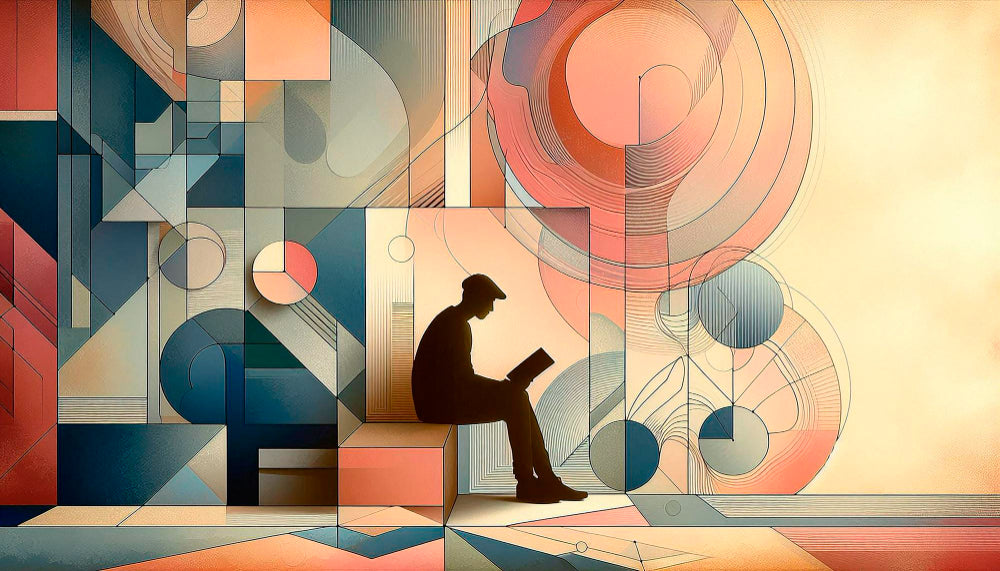
Understanding Abstract Art: Uncovering Hidden Messages
Understanding Abstract Art: Uncovering Hidden Messages
Abstract art is perhaps one of the more mysterious and subtle forms of artistic expression. As opposed to representational art, which lives off the life surrounding us through imagery that relates to real existing entities or situations from the world, abstract art uses more symbolism or interpretation. It often appears baffling, leaving people in a state of confusion over what it might mean or how to even enjoy such an opaque meaning. But, lightly guided, you can unlock the many beauties and hidden meanings lying within these pieces of abstract art that would enrich your experience with them.
What is Abstract Art?
Abstract art employs the emphasis of forms, colors, and textures rather than the recognizable images or narratives. In fact, the movement had its birth in the early 20th century when artists began experimenting with the emotional and intellectual might of non-representational forms. As a matter of fact, it asks spectators to interact with the art on a much more personal and intimate scale. Normally, it involves interpretation rather than clear and easy understanding.
How to Approach Abstract Art
Let go of all preconceptions: In approaching abstract art, it is important not to bring expectations that it's somehow familiar. Instead of finding the subject, call attention to the experience the piece creates. And this is the right mindset to approach more readily appreciate abstract pieces.
Pay attention to colors and shapes: Colors, forms, and even textures in abstract paintings are the heart of the matter. Think about how the use of color changes the mood. Jarring reds will call for passion or intensity, while calming blues seem to call for serenity. The forms and shapes, whether geometric or liquid, might remind you of a feeling of movement, being in balance, or a feeling of chaos.
To take into account the artist's intention: Most abstract artists often strive to deliver emotions or ideas that cannot be presented through a realistic image. For instance, Wassily Kandinsky felt that colors and shapes could convey feelings, much like music. Researching the artist's background and context can offer insight into the motivations of their piece.
This is the beauty of abstract art: there isn't right or wrong interpretation. So, if you see something that doesn't resemble an image; don't get confused or disappointed because, after all, there's no right or wrong - it's what you feel, experience, and perceive, which are subjective perceptions. So, let yourself delve into what you think, feel, or remember of it. That connection will lead to a deeper appreciation.
Give It Time: Abstract art is often not something that allows for quick conclusions. View an image from different angles and let your mind drift along with it. Its beauty is something that may reveal itself only after weeks, months, or even years have passed, with new details and emotions emerging to add layers to your understanding.
Why Abstract Art Matters
Abstract art, indeed, embodies a challenge of looking beyond the surface and relating with our own perceptions, emotions, and thinking. The stepping out of boundaries and showing creativity in its purest form, it allows people to go further than the previously established norms. Any of its enthusiasts or newcomers can connect with something that goes well beyond the typical frontiers.
It is embracing the unknown and letting go of all the expectations to truly enjoy a piece of art in the most intimate way. This would give one an opportunity of really finding the hidden meaning behind abstract art and getting to appreciate the richness delivered by the work itself.
Understanding Abstract Art: Uncovering Hidden Messages








